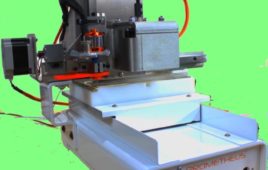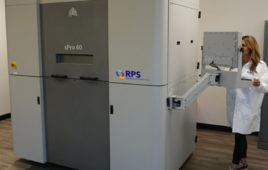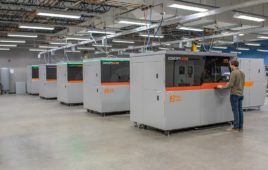Researchers at the Entertainment Technology Center (ETC) at Carnegie Mellon University are developing a tool for city planners to view their future plans in 3D, according to CMU News. Using the technology used in video games, the researchers created an immersive and interactive tool for city planners to develop plans, make changes and share their ideas publicly. After putting on virtual reality goggles and headphones, city planners will feel like they are physically on the street they are planning to build upon.
“It’s all in real-time pictures,” said Vaishnavi Yathirajam, master’s degree student in the ETC and producer of the project. “You have the option to zoom in and zoom out and make changes.”
Ray Gastil, city planning director of the City of Pittsburgh, said the VR tool is an integrative way to find out details that were not previously known, such as what the city looks like at night, how loud the train is and more.
Oftentimes, 2D plans and maps are hard for the public to understand, so by using a 3D software, planners can help the public visualize their definite plans and designs.
Yathirajam helped develop the prototype by creating an illustration of an intersection that her neighborhood city hopes to renovate. The design process of the project was split into different phases.
In the first phase, researchers explored existing 3D tools being used by planning departments, universities and private firms. Next, the students brought the VR tool to life by creating an affordable and user-friendly device for individuals who are not experienced with programming. Additionally, they allowed flexibility by giving planners toggling controls to study different scenarios quickly. Planners could widen street lanes, add a tall building or see how the street looked in the winter versus summer.
“In time, virtual reality simulation may become more useful for understanding the experiential quality of a place,” said Steve Quick, adjunct professor of architecture. “One responds experientially and emotionally to place. It is the sum of all the things your brain observes, subtly and not subtly.”
Filed Under: Virtual reality, Rapid prototyping




